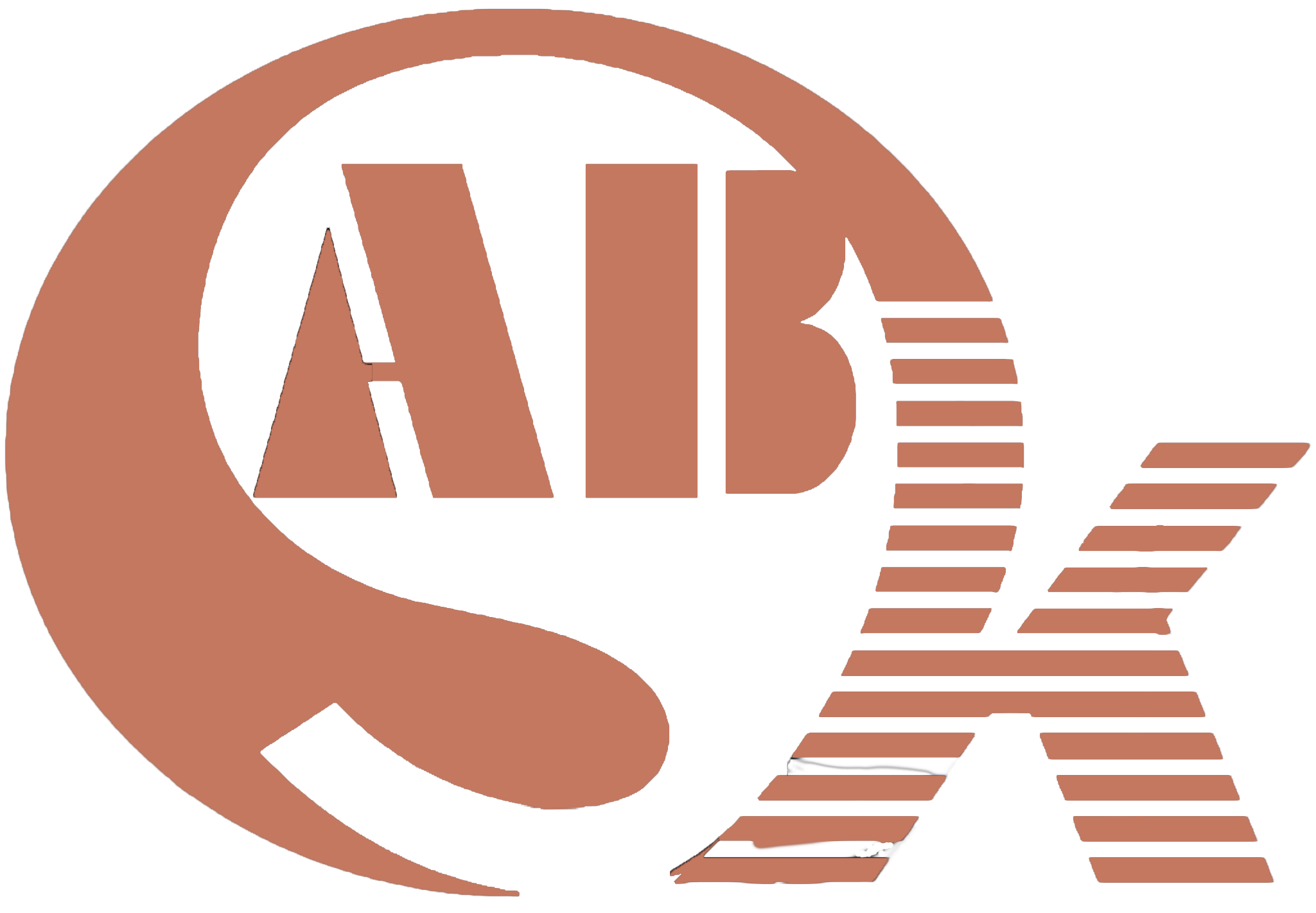Advancing Welding Excellence with Welding Rotators: Professional Insights and Benefits
In the realm of welding, precision, efficiency, and superior quality are the cornerstones of success. Welding rotators, often the unsung heroes of the welding process, play a crucial role in achieving these goals. These sophisticated devices have the power to transform welding projects, offering a myriad of advantages that enhance precision, productivity, and the overall welding experience. This article delves into the world of welding rotators, exploring their benefits and offering professional insights to ensure that welding projects align with customer requirements while embodying the highest level of professionalism.
Understanding Welding Rotators
Welding rotators, also known as turning rolls, are mechanical tools designed to rotate cylindrical workpieces during the welding process. By automating the rotation process, these devices ensure that the welding torch moves consistently around the workpiece, leading to uniform heat distribution, improved fusion, and ultimately, superior weld quality. Welding rotators come in various sizes and capacities, catering to a wide range of welding applications.
Benefits of Welding Rotators
a. Precise Welding Precision: The controlled rotation provided by welding rotators ensures that the heat is evenly distributed, resulting in uniform weld bead formation and optimal penetration. This level of precision translates to impeccable weld quality that meets professional standards.
b. Enhanced Efficiency: Welding rotators eliminate the need for manual repositioning of the workpiece, ensuring a seamless welding process. This continuous rotation leads to increased efficiency, reduced project completion times, and improved overall productivity.
c. Operator Comfort and Safety: Welding professionals often face physical strain when manually handling heavy workpieces. Welding rotators alleviate this strain by automating the rotation process, allowing operators to focus solely on the welding task and promoting their safety and well-being.
d. Adaptability: Welding rotators are versatile tools that can be adjusted to accommodate different workpiece sizes and weights. Their flexibility makes them suitable for various welding projects, from small pipes to large assemblies.
Professional Tips for Optimizing Welding Rotators
a. Proper Equipment Selection: Selecting the right welding rotator is crucial to match the weight and dimensions of the workpiece. An appropriately sized rotator ensures optimal performance and safety during the welding process.
b. Workpiece Securement: Ensure that the workpiece is securely positioned and centered on the rotator to prevent wobbling or misalignment during rotation. This securement is essential for achieving precise welds.
c. Welding Parameters Adjustment: Adjust welding parameters such as travel speed, heat input, and wire feed rate to account for the rotation of the workpiece. Adapting these settings ensures consistent results and maintains weld quality.
d. Routine Maintenance: Regular maintenance of welding rotators is essential for their longevity and performance. Regularly inspect moving parts, bearings, and motors, and address any maintenance needs promptly.
Elevating Welding Precision through Automation
For those aiming to achieve the highest level of welding precision and efficiency, welding rotators can be integrated into automated welding systems. These systems utilize advanced technologies, such as robotic arms and programmable logic controllers (PLCs), to control the welding process. Automated welding systems offer consistent and repeatable results, reducing the potential for human error and ensuring top-quality welds.
Meeting Customer Requirements with Welding Rotators
a. Customization Options: Welding rotators can be customized to align with specific customer needs. Whether it’s adjusting the weight capacity, incorporating additional features, or accommodating unique workpiece shapes, customization ensures that the rotator is tailored precisely to the project’s requirements.
b. Quality Assurance: Welding rotators ensure precise and uniform welds, meeting customer expectations for superior quality. The resulting welds reflect the professionalism of the welding service, instilling confidence in the end product.
Conclusion
Welding rotators stand as indispensable tools that elevate welding projects to new heights of precision, efficiency, and quality. Their ability to enhance weld quality, reduce operator fatigue, and integrate with automation systems makes them essential assets in the welding industry. By following professional tips and considering customization options, welding professionals can harness the power of welding rotators to deliver projects that align with customer requirements and exemplify their commitment to professionalism and excellence.
